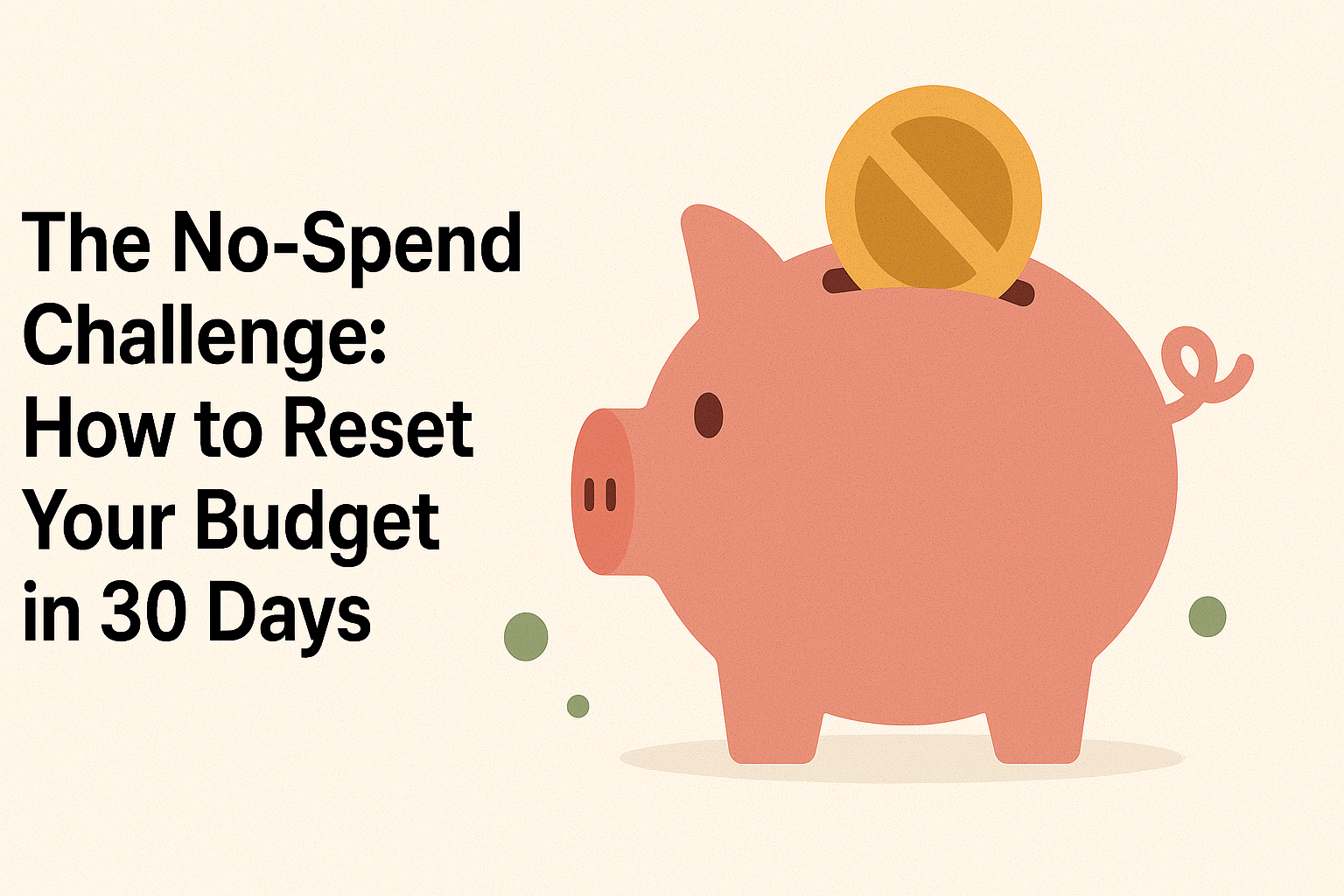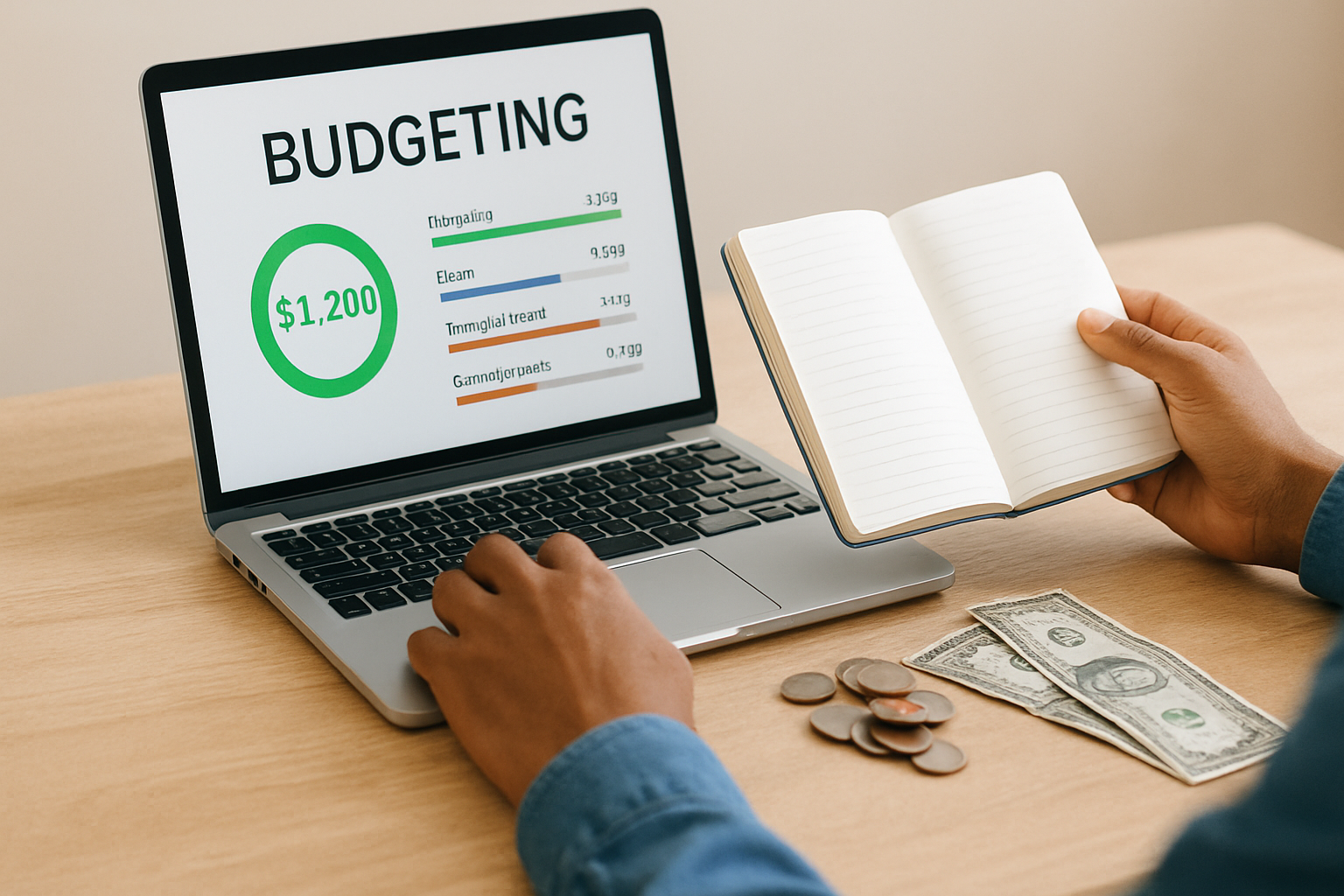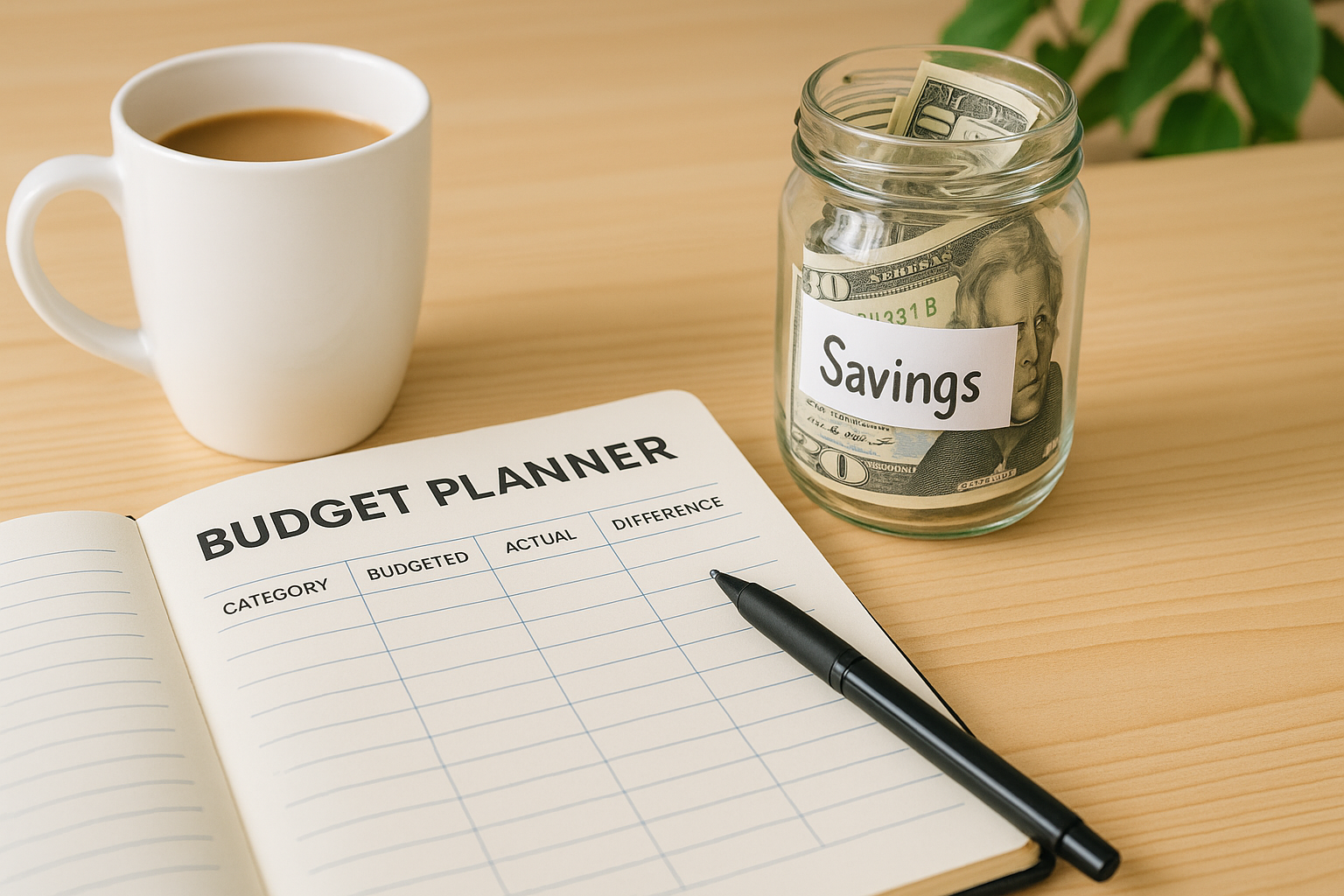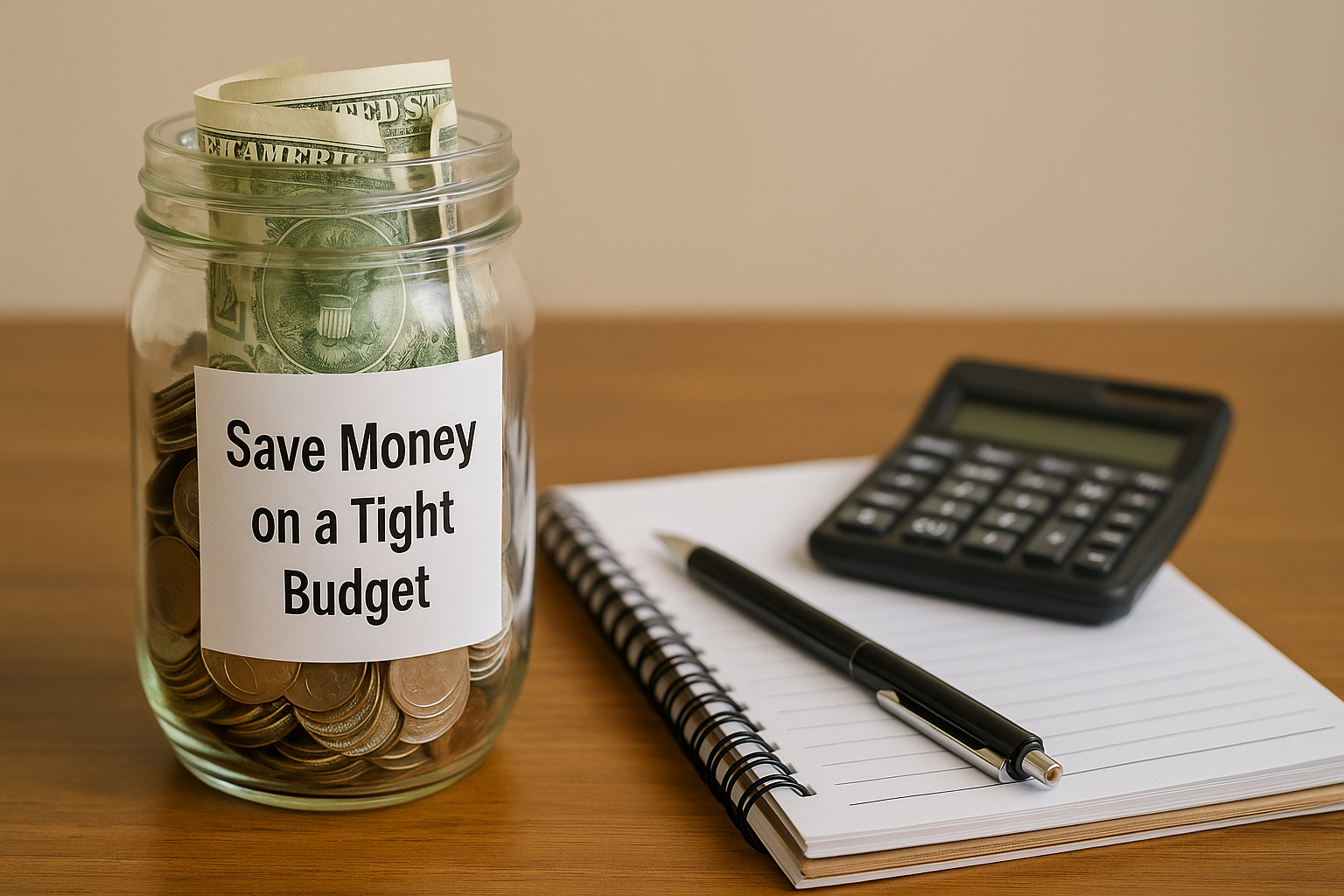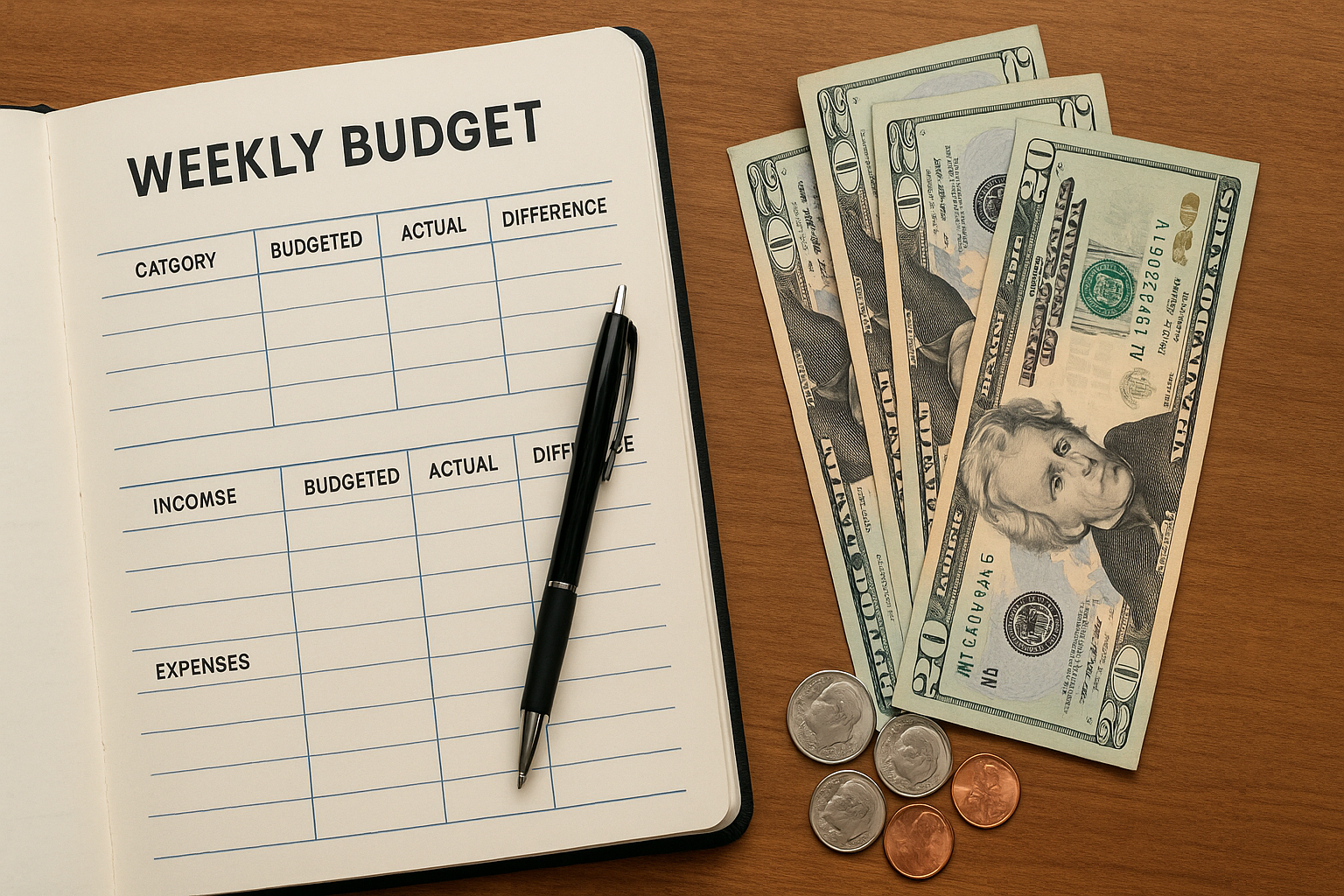Have you ever found yourself overspending without even realizing it? Maybe your credit card balance is higher than you’d like, or you’ve been living paycheck to paycheck without a clear understanding of where your money is going. If you’re ready to hit the reset button and give your budget a complete overhaul, the No-Spend Challenge might be exactly what you need.
A 30-day no-spend challenge is a great way to take control of your finances, refocus on your priorities, and learn healthier spending habits. Here’s how it works, why it’s beneficial, and how you can use it to reset your budget in just 30 days.
What Is the No-Spend Challenge?
A No-Spend Challenge is exactly what it sounds like—you commit to not spending money on non-essential items for a set period. While the rules can be tailored to fit your personal situation, the general idea is to only spend money on absolute necessities like rent, utilities, groceries, and transportation.
The goal of the challenge is to help you break unhealthy spending habits, refocus your financial priorities, and save money that can go toward your financial goals, whether it’s paying off debt, building an emergency fund, or saving for a big purchase.
Why Should You Try the No-Spend Challenge?
1. Get a Clear Picture of Your Spending Habits
One of the biggest benefits of a no-spend challenge is that it forces you to take a hard look at your spending. After 30 days of avoiding unnecessary purchases, you’ll have a clearer understanding of where your money has been going and how you can make adjustments.
2. Save Money Without Sacrificing Your Necessities
The goal of the challenge isn’t to deprive yourself but to cut back on unnecessary spending. When you stop buying things you don’t need, you’ll free up cash to put toward savings or pay down debt.
3. Break Bad Spending Habits
We all have habits—whether it’s grabbing a coffee on the way to work, ordering takeout for dinner, or buying impulse items at the store. The no-spend challenge helps break these habits and trains you to make more intentional purchases.
4. Reevaluate Your Financial Priorities
The challenge offers a unique opportunity to reflect on what truly matters to you financially. By reducing your spending, you might find that some purchases aren’t as important as you once thought, leading you to make more thoughtful financial decisions in the future.
How to Do the No-Spend Challenge
1. Set Your Rules and Define “Non-Essential”
The first step is to decide what constitutes a “non-essential” purchase. Essentials are usually things like:
-
Rent/mortgage
-
Utilities (electricity, water, etc.)
-
Groceries (stick to basic food items)
-
Transportation (gas or public transit)
Non-essentials typically include:
-
Dining out or ordering takeout
-
Clothing or accessories
-
Entertainment (movies, concerts, etc.)
-
Subscriptions (Netflix, Spotify, etc.)
You can adjust these categories based on your personal situation. For instance, if you have a subscription you can’t live without (like a work-related service), decide whether it stays or goes.
2. Plan Ahead for Necessities
To make the challenge easier, plan your grocery shopping and any other essential purchases ahead of time. Look for sales, buy in bulk, and use coupons to keep your spending down.
3. Get Creative with Entertainment
A no-spend challenge doesn’t mean you have to sit at home bored. Find free or low-cost activities to keep yourself entertained, such as:
-
Going for a walk or hike
-
Visiting free museums or parks
-
Cooking meals from scratch rather than eating out
-
Having a movie night with free streaming services (or DVDs you already own)
4. Track Your Progress
Keep a journal or use a budgeting app to track your progress. Write down how much you would normally spend on non-essential items and compare it to your savings at the end of the challenge. This will give you a sense of accomplishment and motivate you to keep going.
5. Stay Accountable
If you’re doing the challenge with friends or family, stay connected to each other for support and accountability. Share your struggles, celebrate your wins, and encourage each other throughout the 30 days.
What to Do After the No-Spend Challenge
After completing the 30 days, take some time to reflect on the experience. Here’s what you can do next:
1. Review Your Savings
Look at how much money you’ve saved during the challenge. Whether it’s $50 or $500, you’ve made progress toward your financial goals.
2. Reevaluate Your Budget
Now that you’ve had a full month to reset your spending, take a close look at your budget. Do you have room to cut back on certain areas permanently? Perhaps you can reduce your dining out or subscription costs and allocate that money toward your savings or paying off debt.
3. Set New Financial Goals
Use the insights from your no-spend challenge to set new financial goals. Whether it’s building an emergency fund, saving for a vacation, or paying off high-interest debt, the challenge can be a stepping stone to achieving long-term financial success.
4. Continue Practicing Mindful Spending
While the challenge might be over, the habits you’ve built don’t have to end. Continue to practice mindful spending by checking in with your budget regularly, avoiding impulse purchases, and sticking to your financial priorities.
Final Thoughts
The No-Spend Challenge is a powerful tool to reset your budget, break bad financial habits, and save money. By committing to 30 days of mindful spending, you’ll gain a deeper understanding of your finances, develop healthier habits, and set yourself up for financial success in the future.
Are you ready to reset your budget? Take the plunge and start your own no-spend challenge today!
Need more budgeting tips and financial advice? Subscribe to Active With Us for expert insights and tools to help you save and manage money effectively!
